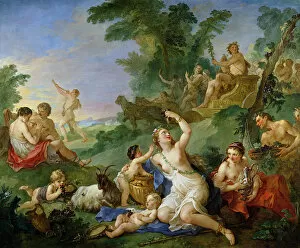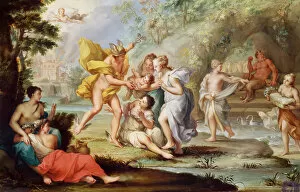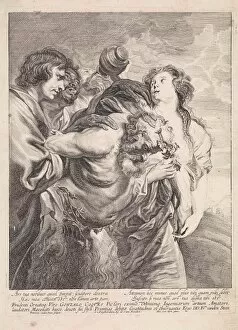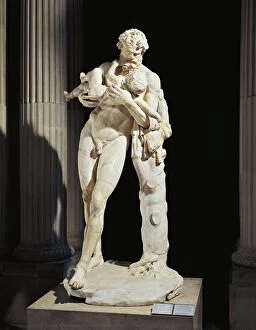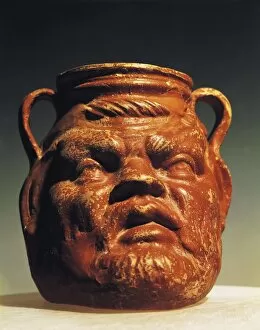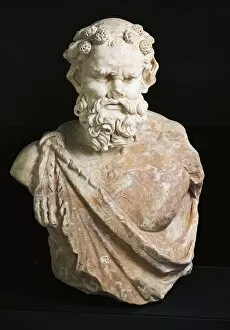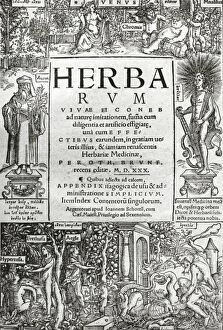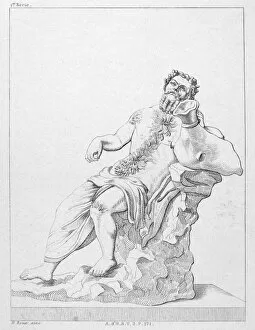Silenus Collection (#6)
"Silenus: The Enigmatic Figure in Art and Mythology" Silenus, a fascinating character from Greek mythology, has captivated artists throughout history
For sale as Licensed Images
Choose your image, Select your licence and Download the media
"Silenus: The Enigmatic Figure in Art and Mythology" Silenus, a fascinating character from Greek mythology, has captivated artists throughout history. In this diverse collection of artworks, we catch glimpses of his multifaceted nature. In Abraham Govaerts' landscape painting, Silenus stands alongside Ceres amidst a picturesque wood. Their presence adds an air of mystique to the scene as they engage in their enigmatic activities. Meanwhile, Annibale Carracci's depiction shows Silenus gathering grapes. This image captures the essence of Bacchus' entourage and highlights Silenus' role as a loyal companion to the god of wine. Moving on to Pompeii's Villa of the Mysteries, we encounter an intriguing fresco known as "Thiasus of Dionysus. " Here, Silenus is part of a wild procession celebrating Bacchic rites. His inclusion emphasizes his association with revelry and ecstasy. William-Adolphe Bouguereau's painting portrays the youthfulness and beauty often attributed to Bacchus. Silenus appears as one among many figures surrounding him—an emblematic reminder that wisdom can be found even in unexpected places. The Roman marble sarcophagus showcases intricate Dionysiac scenes where Silenus takes center stage once again. These carvings immortalize his significance within ancient mythology and serve as testaments to his enduring legacy. A Roman sculpture depicting a statue further exemplifies how he was revered by ancient civilizations. Crafted after an earlier model, it demonstrates how this figure continued to inspire awe long after his mythological era had passed. "The Dance of Bacchantes" by Jean-Baptiste Carpeaux presents us with another lively portrayal featuring Silenus amidst a frenzied celebration. This artwork encapsulates the chaotic energy associated with these mythical gatherings while highlighting Silenus' integral role within them.







